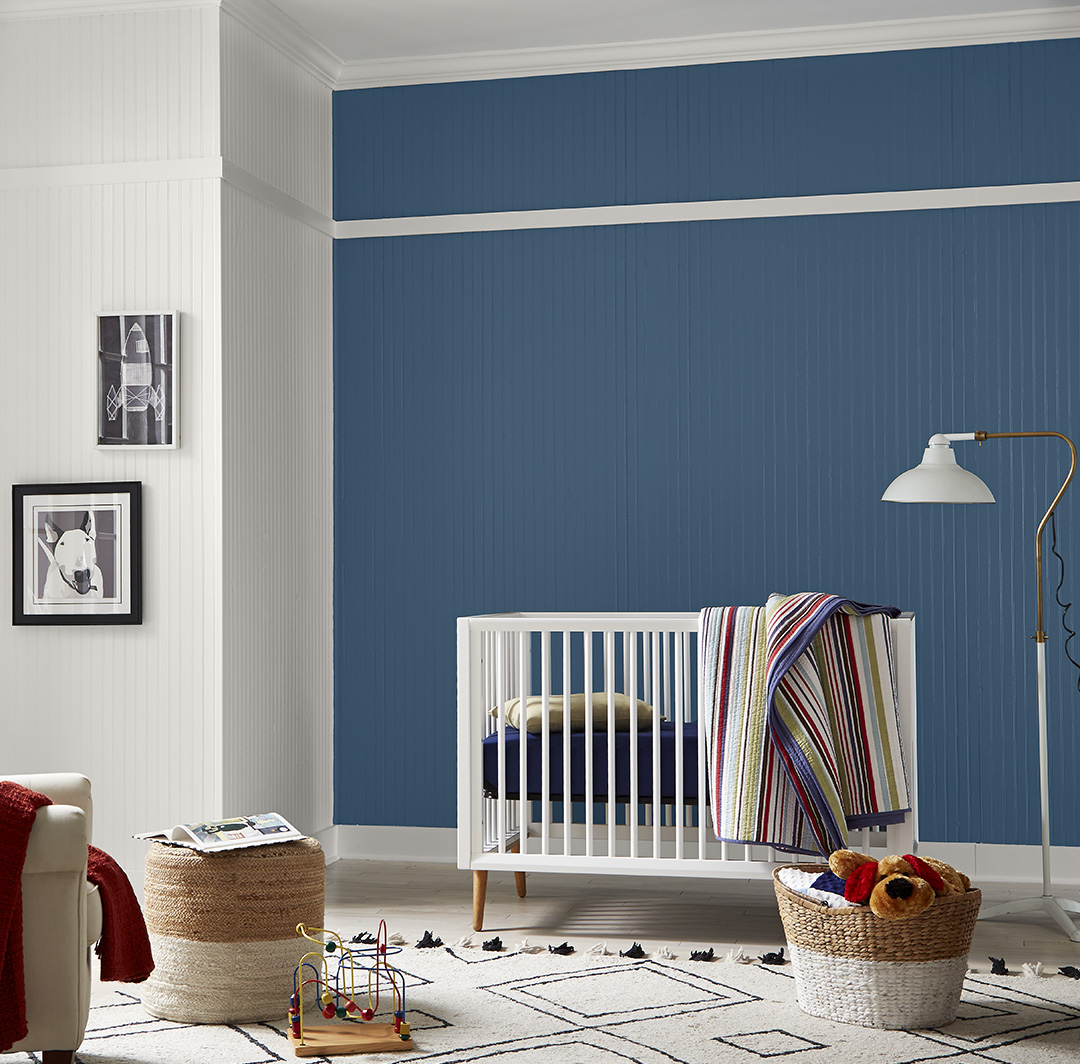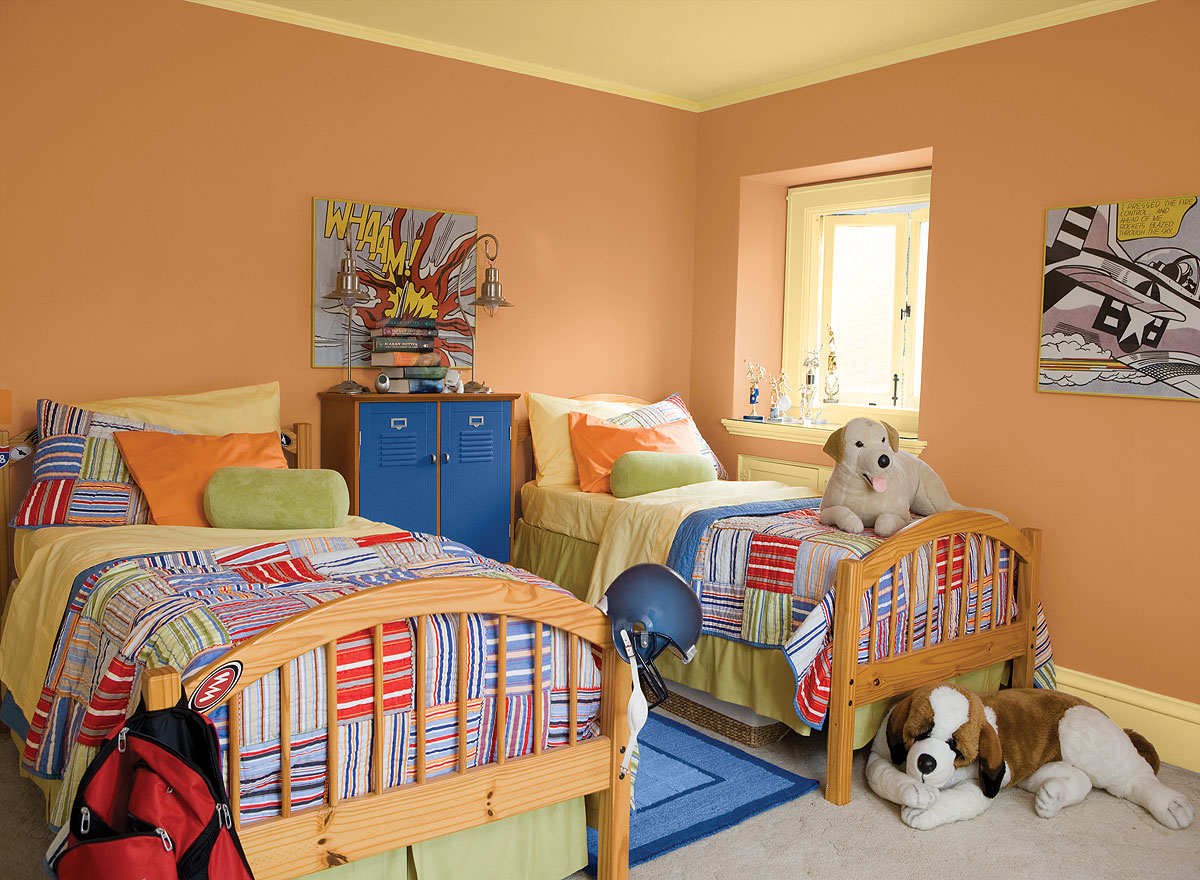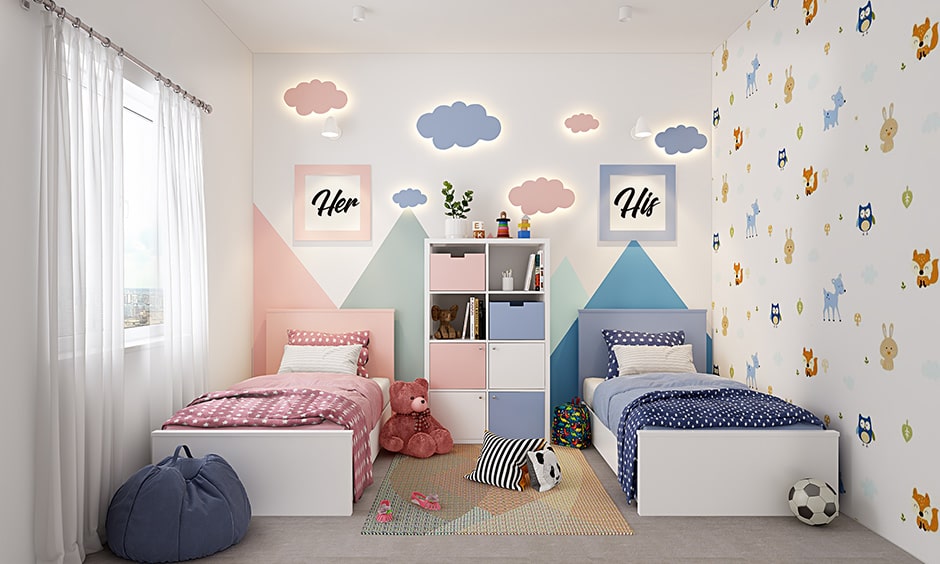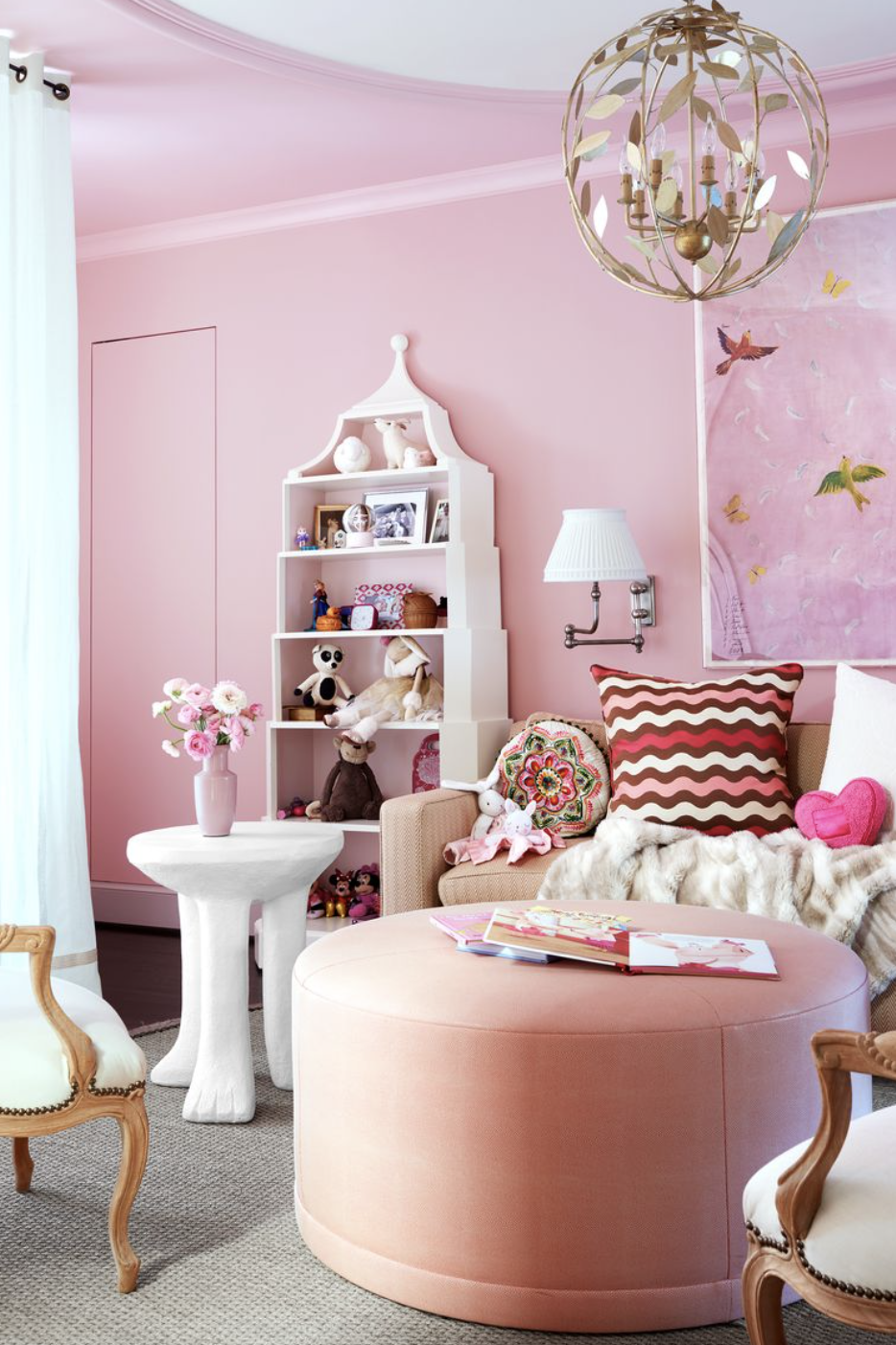10 Fun and Functional Kids Bedroom Colors
10 Fun and Functional Kids Bedroom Colors

When it comes to decorating a child's bedroom, there are endless possibilities. But with so many colors and styles to choose from, it can be hard to know where to start. To help narrow down your options, we've put together a list of 10 fun and functional kids bedroom colors.
1. Blue
Blue is a classic choice for a child's bedroom, and for good reason. It's a calming and relaxing color that can promote sleep. Blue is also associated with creativity and imagination, making it a great choice for children who love to dream big.
2. Green
Green is another great option for a child's bedroom. It's a natural color that's often associated with nature, making it a great choice for children who love the outdoors. Green is also a calming color that can promote relaxation.
3. Yellow

Yellow is a bright and cheerful color that can add a sense of energy to a child's bedroom. It's a great choice for children who are active and playful. Yellow is also associated with happiness and optimism, making it a great choice for children who want to start their day on a positive note.
4. Orange
Orange is a vibrant and energetic color that can create a fun and playful atmosphere in a child's bedroom. It's a great choice for children who love to be the center of attention. Orange is also associated with creativity and enthusiasm, making it a great choice for children who are always up for a new adventure.

5. Red
Red is a bold and exciting color that can add a sense of drama to a child's bedroom. It's a great choice for children who are confident and outgoing. Red is also associated with passion and energy, making it a great choice for children who love to live life to the fullest.
6. Purple

Purple is a sophisticated and elegant color that can create a luxurious and stylish atmosphere in a child's bedroom. It's a great choice for children who are creative and imaginative. Purple is also associated with royalty and mystery, making it a great choice for children who love to dream big.
7. Pink
Pink is a sweet and gentle color that can create a cozy and inviting atmosphere in a child's bedroom. It's a great choice for children who are kind and compassionate. Pink is also associated with love and romance, making it a great choice for children who are looking for a little extra sweetness in their lives.

8. White

White is a clean and neutral color that can create a bright and airy atmosphere in a child's bedroom. It's a great choice for children who are minimalists or who simply want a simple and uncluttered space. White is also associated with purity and innocence, making it a great choice for children who are just starting out on their life's journey.
9. Black


Black is a bold and dramatic color that can create a sophisticated and stylish atmosphere in a child's bedroom. It's a great choice for children who are confident and independent. Black is also associated with power and mystery, making it a great choice for children who love to explore the unknown.

10. Gray
Gray is a versatile color that can be used to create a variety of different atmospheres in a child's bedroom. It's a great choice for children who are adaptable and who can appreciate the beauty of simplicity. Gray is also associated with maturity and wisdom, making it a great choice for children who are ready to take on the world.


Tips for Choosing the Right Color for Your Child's Bedroom

When choosing a color for your child's bedroom, it's important to consider their personality and preferences. Some children prefer bright and bold colors, while others prefer more muted and neutral tones. It's also important to consider the size of the bedroom and the amount of natural light it receives. A small bedroom with limited natural light may benefit from a light and airy color, while a large bedroom with plenty of natural light may be able to handle a darker color.
Here are a few additional tips for choosing the right color for your child's bedroom:


- Use a color wheel to help you choose colors that complement each other.
- Start with a neutral base color and add pops of color with accents and accessories.
- Consider using different colors for different areas of the bedroom, such as the walls, the bed, and the furniture.
- **Don't be afraid to experiment with different colors until you find one that you and your child love.
How to Choose the Perfect Colors for Your Child's Bedroom

As a parent, you want to create a space that is both stylish and functional for your child. One of the most important decisions you'll make is choosing the colors for your child's bedroom.


The colors you choose can have a significant impact on your child's mood, behavior, and sleep. So it's important to take some time to think about what colors will work best for your child's personality and needs.
In this article, we'll discuss the factors you should consider when choosing colors for your child's bedroom, and we'll share some tips for creating a space that your child will love.

Factors to Consider When Choosing Colors


There are a few factors you should consider when choosing colors for your child's bedroom. These include:
- Your child's age and gender. The colors that appeal to a toddler will be different from the colors that appeal to an adolescent. Similarly, boys and girls tend to prefer different colors.
- Your child's personality. Some children are more active and playful, while others are more reserved and calm. The colors you choose can help to create a space that reflects your child's personality.
- The size of the bedroom. A small bedroom can feel cramped if you use too many dark or bold colors. Conversely, a large bedroom can feel empty if you use too many light or neutral colors.
- The amount of natural light in the bedroom. If your child's bedroom gets a lot of natural light, you can afford to use darker colors. If the bedroom is dark, you'll want to use lighter colors to brighten up the space.

Tips for Choosing Colors


Once you've considered the factors above, you can start choosing colors for your child's bedroom. Here are a few tips:
- Start with a neutral base. A neutral base, such as white, beige, or gray, will provide a clean and restful backdrop for your child's personality. You can then add pops of color with accents, such as pillows, rugs, and wall art.
- Use colors that promote relaxation. Blue, green, and purple are all colors that have been shown to promote relaxation. If your child has trouble sleeping, you may want to consider using these colors in their bedroom.
- Avoid using too many bright colors. Too many bright colors can be stimulating and overwhelming for children. If you want to use bright colors, limit them to one or two walls.
- Consider using color psychology. Different colors can have different effects on people. For example, red is a stimulating color that can promote energy and excitement, while blue is a calming color that can promote relaxation. You can use color psychology to create a bedroom that supports your child's mood and needs.

Examples of Kid's Bedroom Colors

Here are some examples of kid's bedroom colors that you may want to consider:
- For a toddler, you might choose a light and airy color palette, such as pale yellow, mint green, or light blue. These colors are calming and soothing, and they create a space that is conducive to play and exploration.
- For an older child, you might choose a more vibrant color palette, such as bright orange, fuchsia pink, or turquoise. These colors are stimulating and energetic, and they can help to create a space that is perfect for homework and creativity.
- For a child of any age, you might choose a neutral color palette, such as white, gray, or beige. These colors are versatile and can be easily customized with pops of color. They also create a space that is both calming and stylish.

Final Thoughts


Choosing the perfect colors for your child's bedroom is an important decision. By considering your child's age, gender, personality, and needs, you can create a space that is both stylish and functional.



